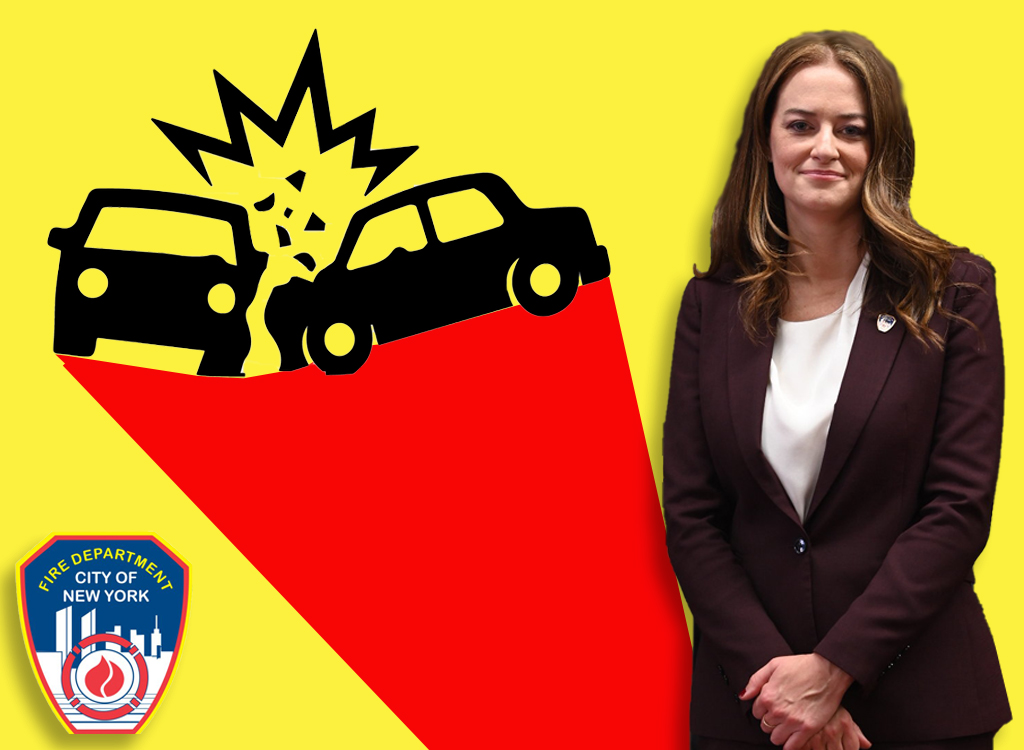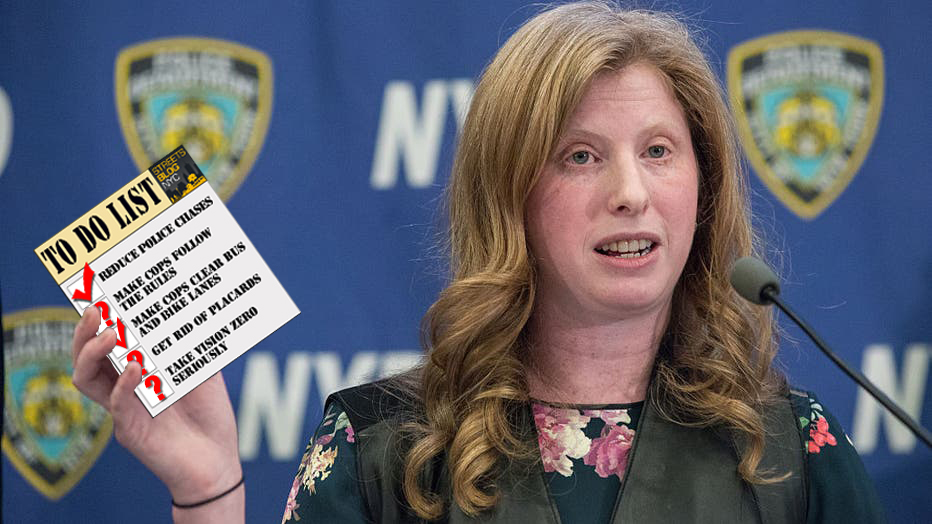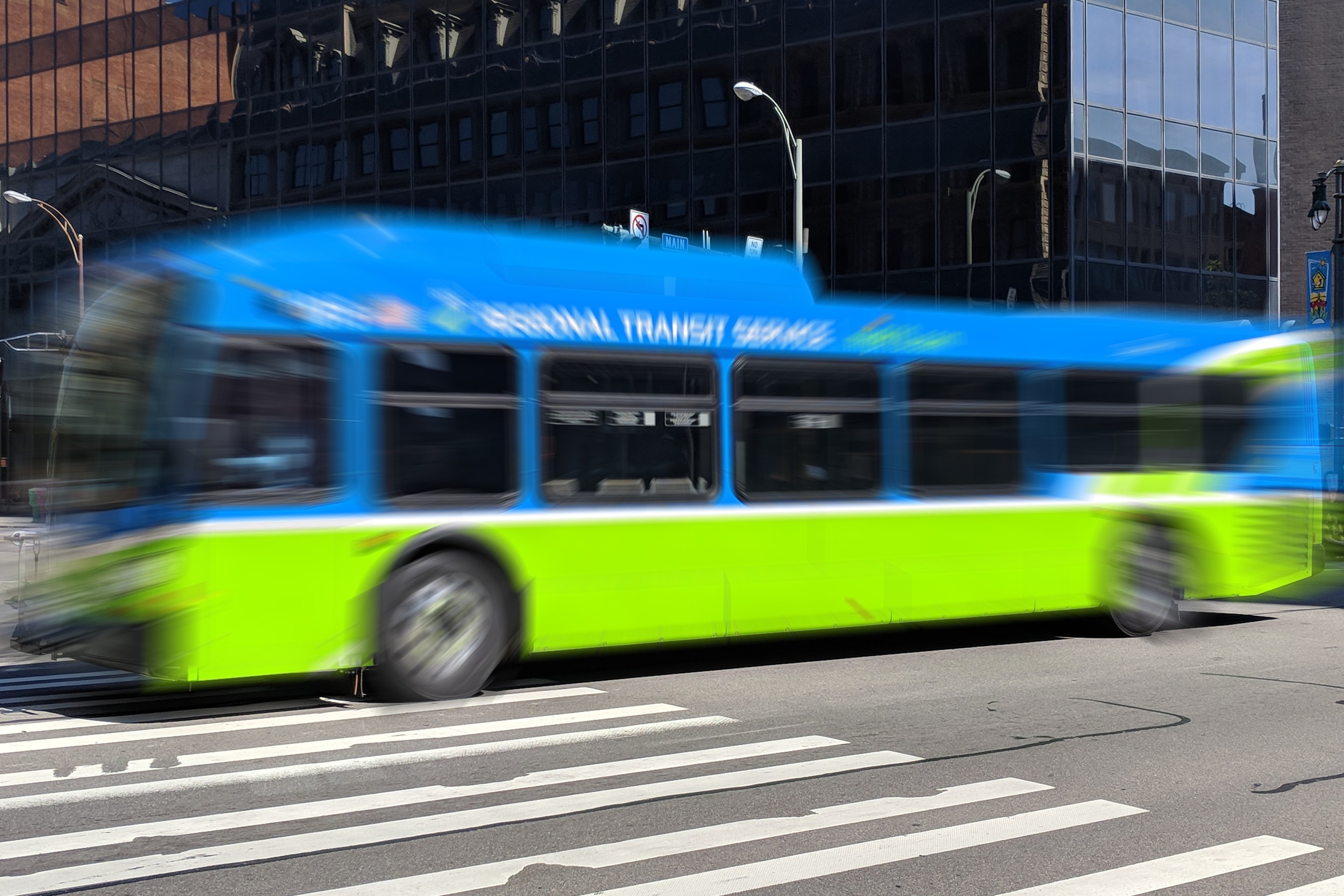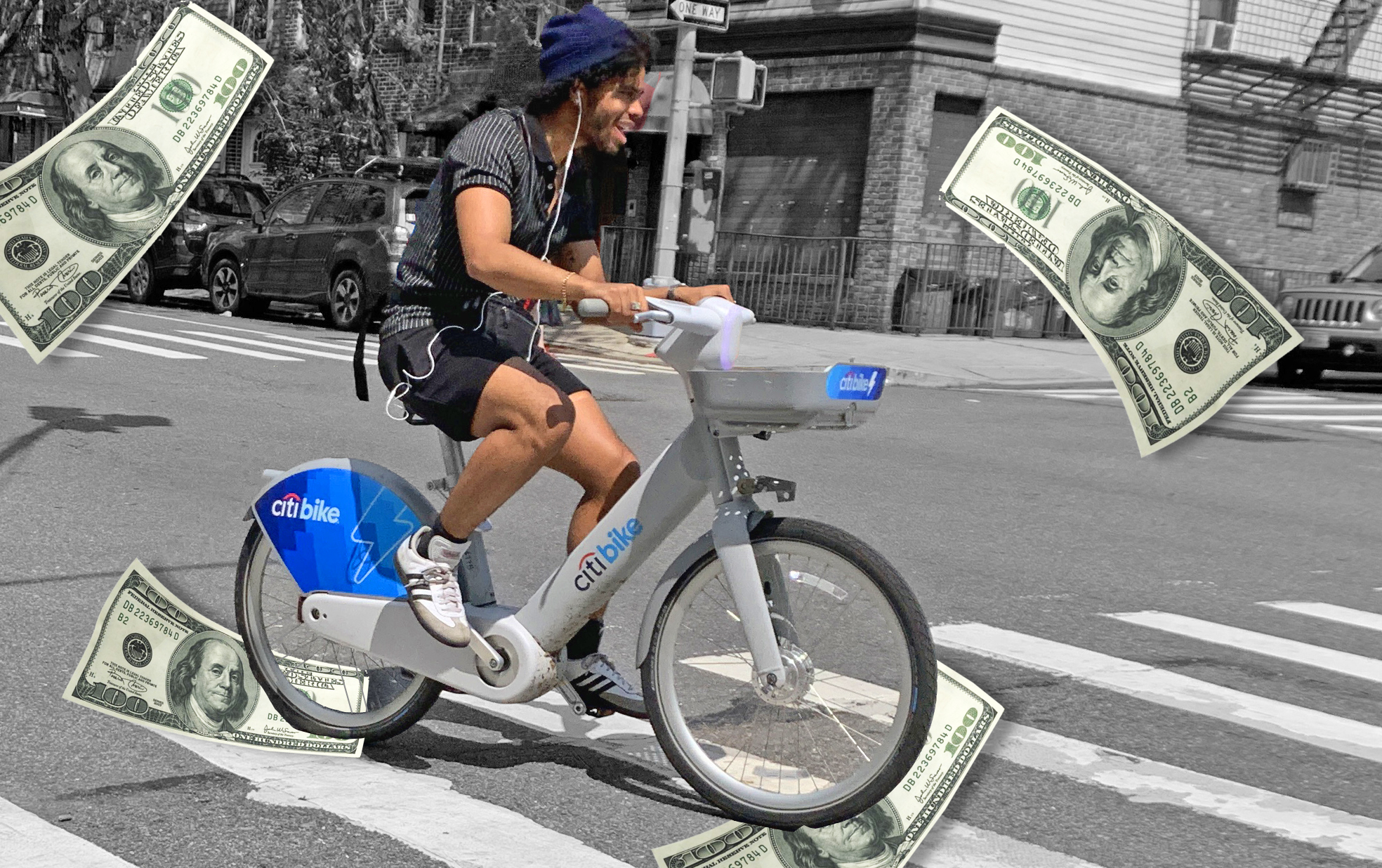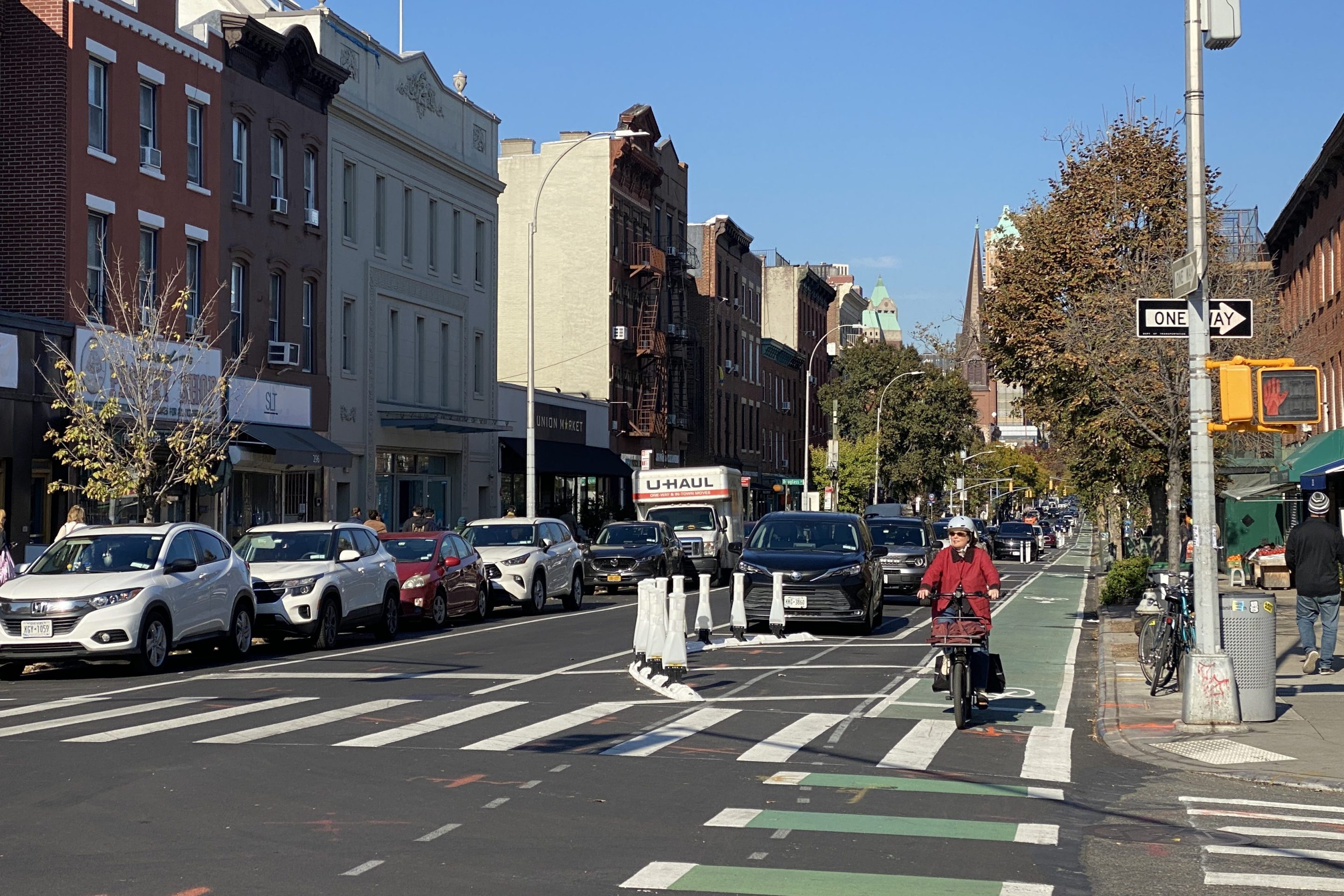She's a five-alarm firebrand.
Former city Fire Commissioner Laura Kavanagh is calling for the $2.6-billion department to take a much larger role in making roadways safer, given that nearly 90 percent of the agency's work involves the streets, not buildings on fire.
“Eighty-six percent of what FDNY does is medical emergencies, 2 percent is structural fires. But every street based decision is made around the potential of structural fires. That shows how the decisions we have are not set up to prioritize safer streets,” Kavanagh, who served as Mayor Adams's commissioner between October 2022 and July 2025, said during a panel on Tuesday at Transportation Alternatives’s Vision Zero Cities conference.
Her central point was that the Fire Department is just as crucial to the future of Vision Zero as the city Department of Transportation: “The Fire Department needs to be equally responsible as DOT for pedestrian deaths,” she said.
Under Mayor Adams, Kavanagh said she simply was not empowered to work on street safety.
“Street safety was not a priority from the mayor’s office to us when I was there,” she said. “As someone who walks and takes the subway and cares about my streets, I have a lot of interest in things getting better.”
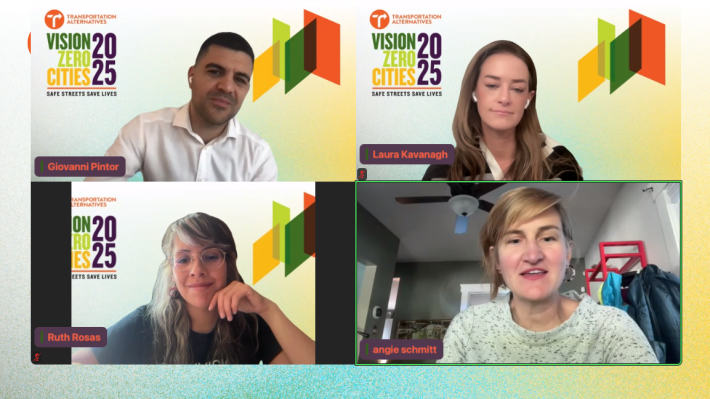
By the sheer numbers, she makes an important point: There were only 78 fire fatalities in 2024, but 253 traffic deaths in the same year.
City agencies tend to be held accountable only on specific metrics and in specific silos. So safety in the FDNY is "measured on fire deaths" even as "the workload has changed," Kavanagh said.
“The mayor's office releases statistics in every agency. We don't share responsibility. [Fire deaths] the only metric [FDNY] is being judged by, so naturally the agencies are going to defend their own metrics,” said Kavanagh.
Instead, Kavanagh said the city should create a system of interagency accountability, which she called a shared “citizen safety” goal.
“We could also have metrics like walkability, livability and speed on roadways,” she added.
And she is not the only one who connects Vision Zero to fire heroes.
Mike Wilson, a former EMT and a senior safety engineer at Cal/OSHA, says first responders are intimately aware of the pain caused by "street trauma" due to traffic violence, while at the same time fire departments are great at prevention. Why not work to prevent crashes?
"If it were to align its current approach to street trauma with the historic success of its fire prevention work, the fire service could emerge as a powerful advocate for street trauma prevention," Wilson wrote in a recent opinion piece for Streetsblog USA. "Every firefighter and paramedic knows that the trauma experienced by vehicle occupants, pedestrians, or cyclists in a crash can cause immense suffering and financial hardship, and that — like structure fires — preventing these incidents is far preferable to simply responding to them as they occur."
Wilson was instrumental in creating a new position at the Berkeley Fire Department — the Street Trauma Prevention program manager — to hold the department responsible for Vision Zero goals after the city experienced a 20-percent increase in collisions with injuries in the first quarter of 2024.
Other cities have also tested the idea of the fire department taking on a bigger role when it comes to street safety initiatives. In Portland, the Fire Department participates in the street design process, which led to the then-Fire Chief Mike Myers to understand that bike lanes and road diets do not negatively affect emergency response times.
